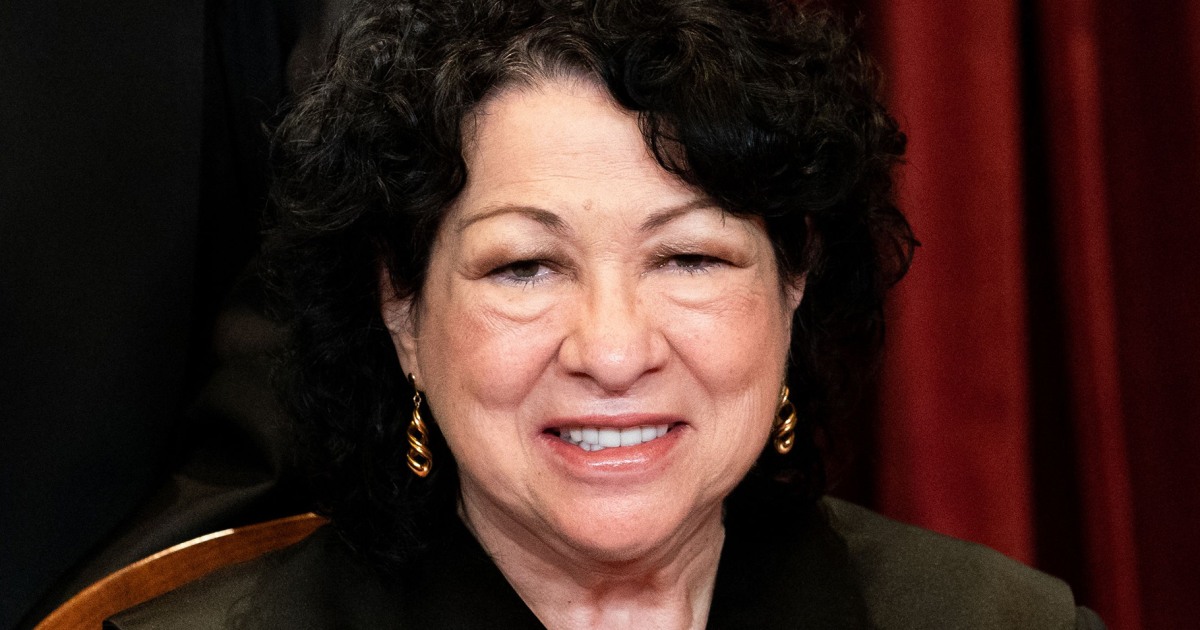Icon: enlarge
American National Shrine: Ruth Bader Ginsburg
Photo: Jim Young / REUTERS
That night, the crowds streamed to the illuminated Palace of Justice of the Supreme Court in Washington.
Hundreds of people gathered on the steps and the square in front of it, in the shadow of the US Capitol.
They knelt, cried, lit candles, sang "Amazing Grace".
Bouquets of flowers, photos and cards of condolence were piled up all around.
"Thank you, RBG," read a sign with her initials on it.
Such a spontaneous public surge of mourning usually only belongs to state leaders or stars.
Ruth Bader Ginsburg was much more than that.
Icon: enlarge
Symbol of hope: mourners at the Supreme Court in Washington
Photo: ALEXANDER DRAGO / REUTERS
The death of the senior US Supreme Court judge is not just a political issue, so close to the presidential elections, which are now all the more decisive in determining the future of American democracy.
Ginsburg, who died on Friday at the age of 87, was a national icon, one of the most important US women's rights activists and "probably the most famous judge in the history of the Supreme Court," as law professor Michael Yelnosky said in 2018.
In her 27 years at the US Constitutional Court, Ginsburg was above all the personification - the last, it almost seems to one - of idealism, optimism and hope in times of cynical hopelessness.
Her historic - and long lonely - role as a trailblazer for women, minorities and anyone else who has no voice did not begin when Bill Clinton called her to the Supreme Court.
It began in Brooklyn, where Ginsburg grew up as the daughter of a Jewish immigrant family.
Icon: enlarge
Lifelong struggle: Ginsburg when she was nominated by Billd Clinton (1993)
Photo: Doug Mills / AP
Even when Ginsburg was still a teenager, her mother Celia encouraged her to pursue an education beyond the limited opportunities available to women at the time.
"What's the difference between an accountant and a federal judge?" Said Ginsburg later.
"One generation."
Ginsburg was aiming for a career in the Jurassic, almost unthinkable in those years.
As a 17-year-old student, she met Marty Ginsburg, who was one year older, the love of her life - and her greatest cheerleader: "He was the only boy who cared about my mind."
They married in 1954.
At Harvard, Ginsburg was one of only nine women in a class of 552 students.
But all of the law firms where she applied to practice refused to hire her.
The well-known Supreme Court judge Felix Frankfurter also turned her down as a trainee lawyer.
She eventually landed an apprenticeship at Rutgers Law School in New York and later moved to Columbia University, her alma mater.
Icon: enlarge
Voice of the Left: Ginsburg with her Supreme Court colleagues (2017)
Photo: Jonathan Ernst / REUTERS
In the 1970s Ginsburg began to fight for discriminated minorities on behalf of the civil rights movement ACLU.
She felt it was her "luck" to have been "alive as a lawyer" back then, she wrote in 2016: "For the first time in US history, it became possible to advocate equality between women and men as a constitutional principle. "
In 1980 Jimmy Carter promoted her to the Court of Appeals in Washington, a central appellate instance in the USA, where the courts shape politics and society much more than anywhere else.
She began a lifelong friendship with Antonin Scalia, an arch-conservative lawyer who went to the Supreme Court in 1986.
Ginsburg followed him in 1993, as only the second female judge in the history of the court.
The Senate confirmed it with 93 votes to 3 - a non-partisan majority that is unimaginable today.
Her nomination hearing was chaired by then Senator Joe Biden.
At the Supreme Court, Ginsburg continued her pioneering role in favor of women, homosexuals and immigrants, step by step, trial after trial, judgment after judgment.
And when she was defeated by the conservative majority, she validated her outrage with flaming contradictions that became required reading, not just for law students.
Icon: enlarge
One of her last appearances: Ginsburg receives an honorary doctorate from the University of Buffalo (2019)
Photo: Lindsay DeDario / REUTERS
From 2006 to 2009 Ginsburg was the only woman on the nine-person Supreme Court. Her "worst time", as she later admitted - especially since, at just 1.55 meters, she was at least visually inferior to her male colleagues.
It was in those years that their dissent grew louder.
So she could hardly believe that the court in 2007 threw down a woman's complaint for discrimination in the workplace on formal grounds.
Because of their opposition, Congress finally enshrined equal pay for women and men in law.
A framed copy of the Lilly Ledbetter Fair Pay Act, named after the plaintiff, hung in Ginsburg's office to the end.
When her colleague John Paul Stevens retired in 2010, she became the spokesperson for the left-wing liberal wing at the Supreme Court.
Icon: enlarge
Pop icon: Ginsburg on a t-shirt with the rapper's crown Notorious BIG
Photo: Lucy Nicholson / REUTERS
And about pop memes.
A student gave her the nickname "Notorious RBG", in reference to the legendary rapper Notorious BIG.
Ginsburg loved the comparison: "We both woke up in Brooklyn."
Her likeness adorned mugs, bags and T-shirts.
She was the star of an opera, a children's book and a fitness bible and a Lego figure in "The Lego Movie 2".
Fans had "RBG" tattooed on their skin and burst into tears at the sight of them.
The TV show "Saturday Night Live" immortalized her as a rapper in a judge's robe, Ginsburg found the parody of comedian Kate McKinnon "fabulous".
The documentary "RBG" then introduced Ginsburg to a whole new generation in 2018 - and revealed its private side.
The older she got, weakened by cancer and other diseases, the greater the fear - also for the existence of the Liberal Group on the Supreme Court. Her decision not to retire while Barack Obama could still nominate a successor was a later mistake.
"There will be a president after this and I am hopeful that it will be a fine one," she said three years before Trump's election.
Ginsburg died at the beginning of Rosh Hashanah, the Jewish New Year celebrations, when you take stock and look ahead at the same time.
Her last message, dictated to her granddaughter Clara Spera, was as political as her life: "It is my dearest wish that I will not be replaced until a new president is in office."
The wish could remain unfulfilled.
Icon: The mirror






/cloudfront-eu-central-1.images.arcpublishing.com/prisa/E6HHFF3LSBFABJJIUGGB5RHZBI.jpg)


